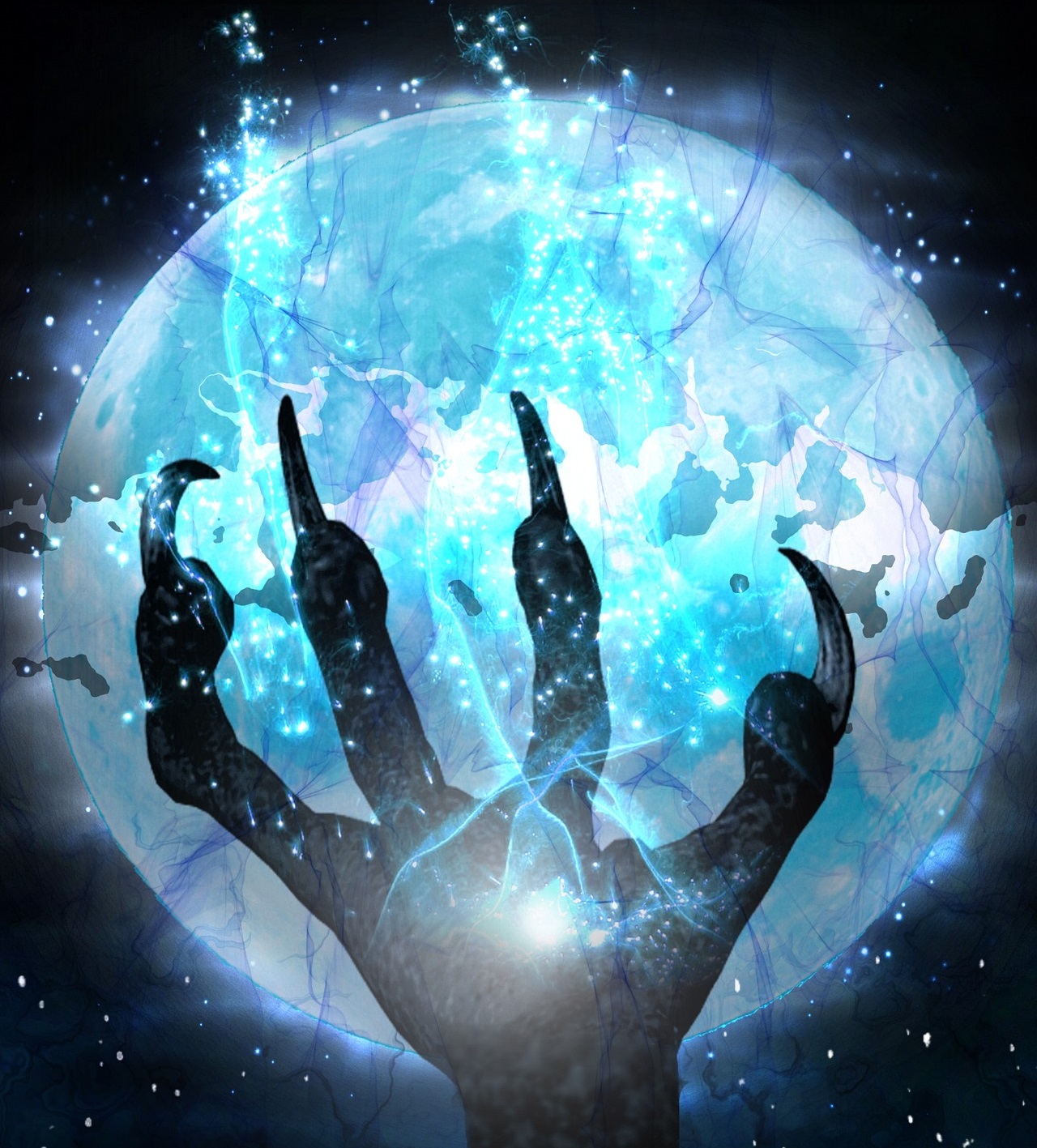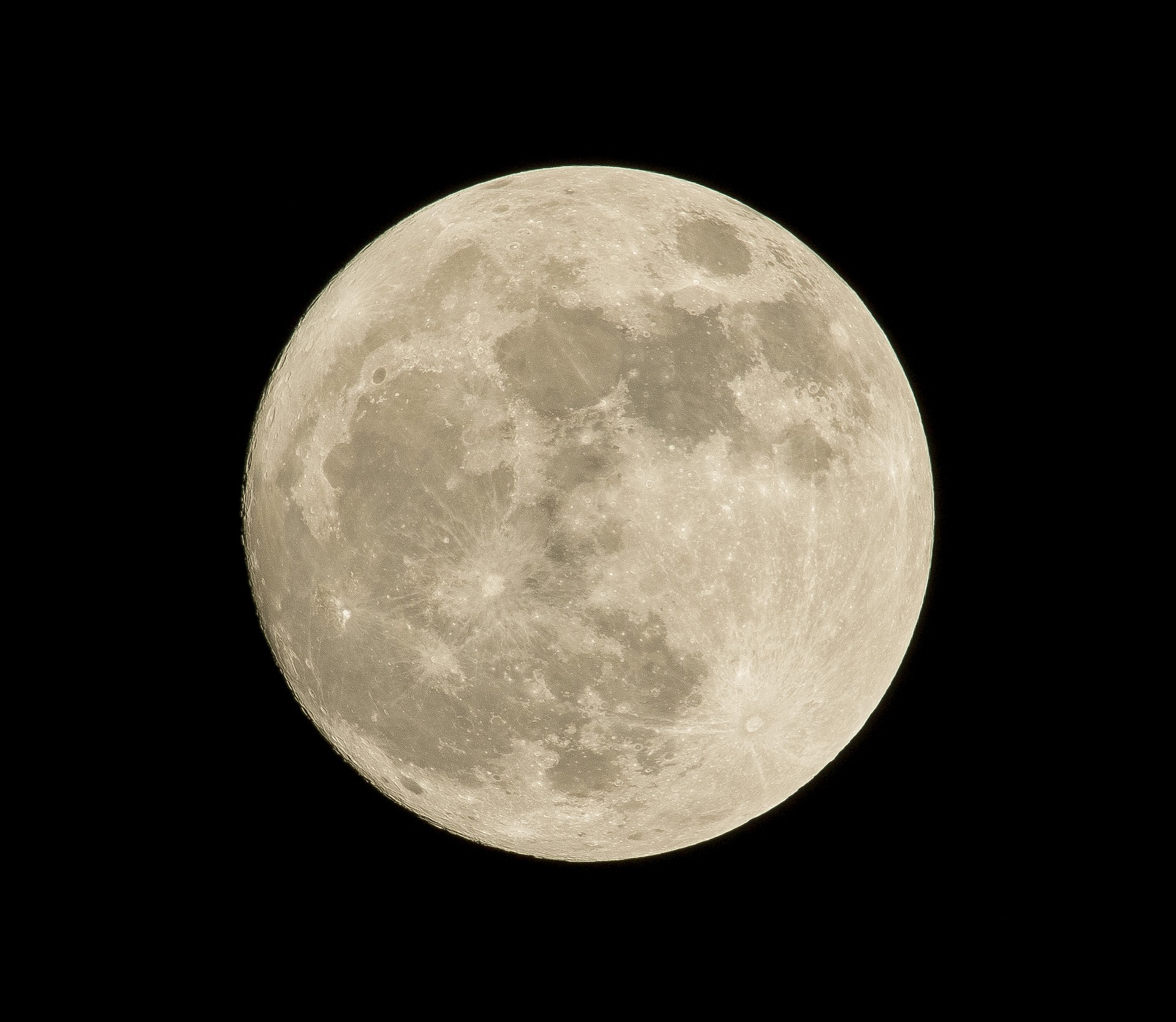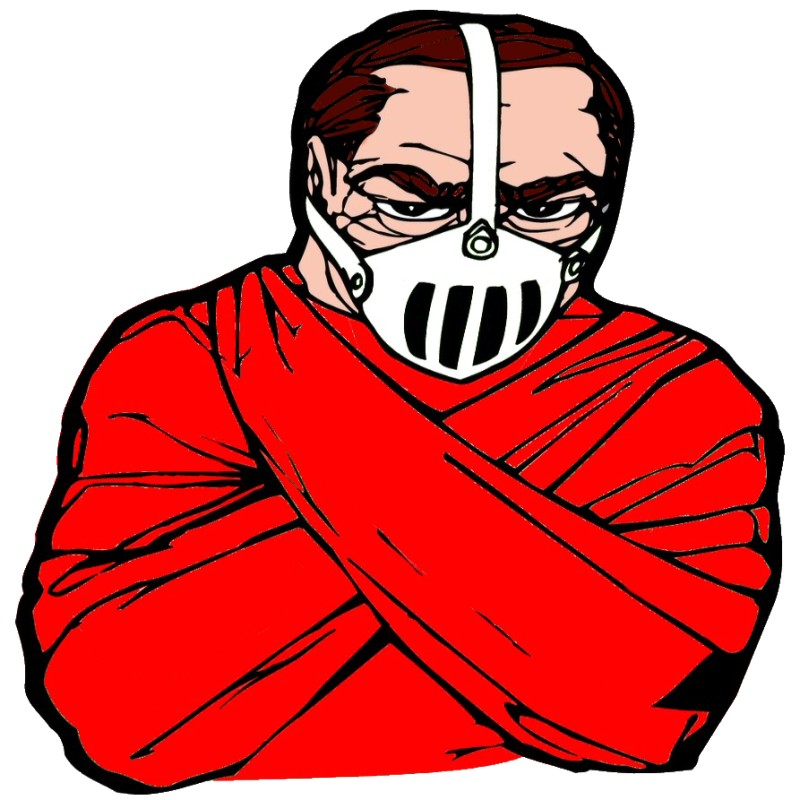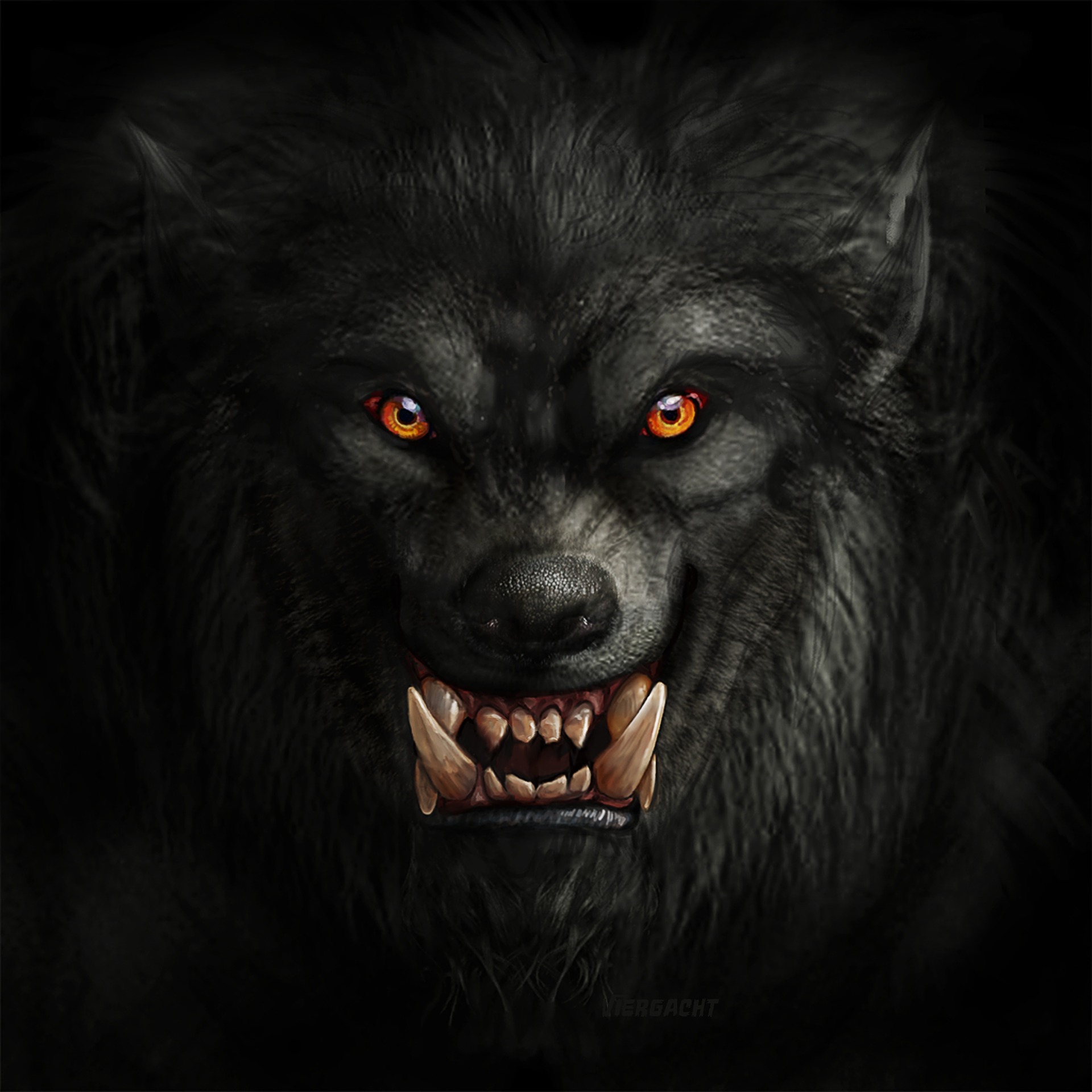
So, in the end, what truly terrifies us about the werewolf beyond their physical attributes? Why does the public continue to be terrified of this monster? What truly lies beneath the surface of the werewolf beyond that of a savage beast? In our examination of the different aspects that so terrify werewolves, the curse of lycanthropy becomes very similar to a very real-life curse we struggle with to this day...

We fear madness for the exact same reasons that we fear werewolves. People fear the werewolf's sudden violent nature, how it hides behind a human face, how it strikes down friends, family, and loved ones without any relunctance, and how in striking at us can turn us into them. In many regards, these reasons are very similar to the reasons why we fear psycopaths, serial killers, and other such people affected with violent mental disorders and illnesses. There are many stories of mental illness causing people to become unpredictably violent for little reason, psychopaths killing friends, loved ones, and family without pause, serial killers using the guise of a normal person to get closer to their victims, and horrific stories where attacks made by the crimanally insane haunt their victims to their dying days.
Even many werewolf characters today parallel the struggles of people afflicted with mental disorders. For example, some characters afflicted with lycanthropy try to live normal lives and dissapear into forests or lock themselves in vaults on the nights of a full moon to avoid hurting others such as the werewolf Josh in the TV show Being Human .This is very similar to a person going to therapy every so often to cure their illness or ensure that their mental disability doesn't hurt others or themselves. In fact, he is even taught how to manage this condition by another werewolf to ensure he doesn't hurt others by the werewolf who bit him (see below).
There are even werewolf characters who relish the damage they do on the night of the full moon, becoming as monstrous as the forms they become in their human lives. One such example of this is the werewolf Eddie Quist in the movie The Howling who deliberately positions himself near his victims on nights of the full moon (see below). In fact, there are many real life serial killers who are credited with inspiring the legend of the werewolf. Pierre Burgott, Giles Garnier, and Michael Verdun were three such serial killers who all claimed to have an ointment that would allow them to turn into wolves to kill others for their sick twisted pleasure (History.com/Werewolf Legends).
However, their is one final link that connects the symbol of the werewolf with madness. What is the one thing that triggers a Werewolf's transformation? The moon, whose light was believed to have the power to turn people mad or "looney"(Myth Encyclopeda-Moon). It is due to this fact that I think werewolves have come to embody this fear of madness within all of us. After all, truly primal fears never go away. They may take many different forms in our minds but they have existed throughout the centuries. It is not hard to see that perhaps the meaning we once placed on the moon shifted onto the werewolf as the two are intrinsically connected. Looking at both the superstition of the moon and the lore of the werewolf, it is easy how to see how our fear of madness was shifted onto something more tangible.

In many ways the madness that possesses serial killers, everyday people, and psycopaths to do horrible things makes them inhumane in our eyes. In some ways they are like bloodthirsty beasts; hunting humans down and killing them in many horrible ways. Despite the madness within, they look like a normal people on the outside... at least until the right circumstances allow them to display the madness within. Thus the idea of the werewolf began to spread. Creatures who were human but, when certain conditions where right, could devolve into horrific monsters to tear apart anyone who got in the way of their rampage. And thus, the legend of the werewolf was born. So next time you see a werewolf run across a screen and howl at the moon, remember the true human fear we see incarnate in the legend of the werewolf; the madness that lurks within the form of a man.





All Audio clips used in this project are from Free Music Archive.com and are identified as free to use.
All Images used in this project are from Pixabay.com and are identified as free to use as CCO Public Domain images.
Editors, History com. “Werewolf Legends.” HISTORY, https://www.history.com/topics/folklore/history-of-the-werewolf-legend>. Accessed 12 Nov. 2018.
Moon - Myth Encyclopedia - Mythology, Greek, God, Story, Names, Ancient, Norse, Japanese, World, Roman, Creation. http://www.mythencyclopedia.com/Mi-Ni/Moon.html. Accessed 12 Nov. 2018. "Tully." Being Human . BBC Three. United Kingdom. 1 Feb. 2009. Television.
Gilgamesh | Werewolves. https://www.werewolves.com/tag/gilgamesh/. Accessed 12 Nov. 2018.
Waggner, George. (Producer and Director). (1941). The Wolfman . United States: Universal Studios.
Brown, Chris. (Producer). Wooley, Stephen. (Producer). Jordan, Neil. (Director). (1984). In the Company of Wolves . United Kingdom: Shepperton Studios.
Finnel, Michael. (Producer). Conrad, Jack (Producer). Dante, Joe. (Director). (1981). The Howling . United States: International Film Investors and Wescom Productions.
Folsey Jr., George(Producer). Landis, John. (Director). (1981). An American Werewolf in London. United Kingdom & United States: Universal Pictures.